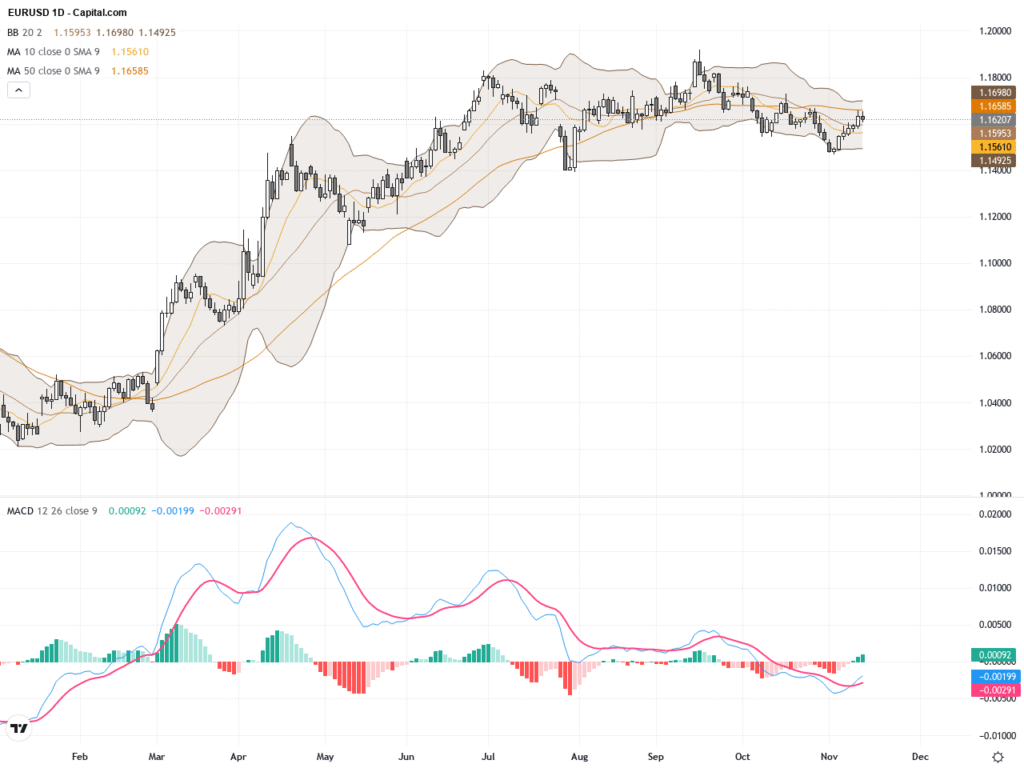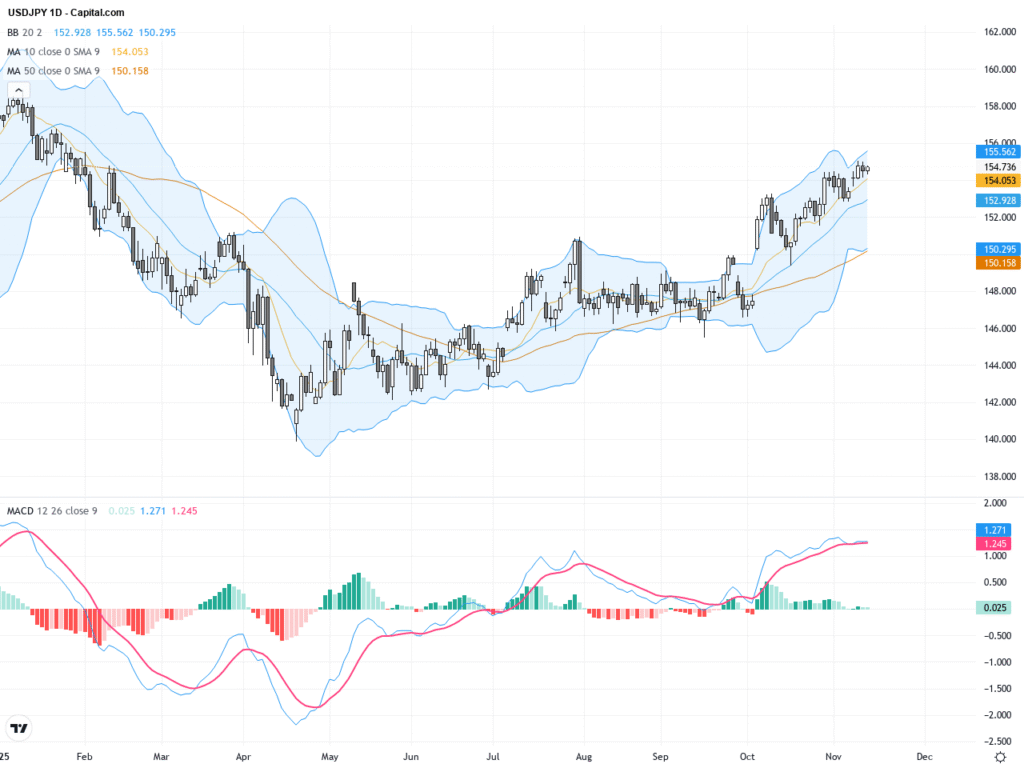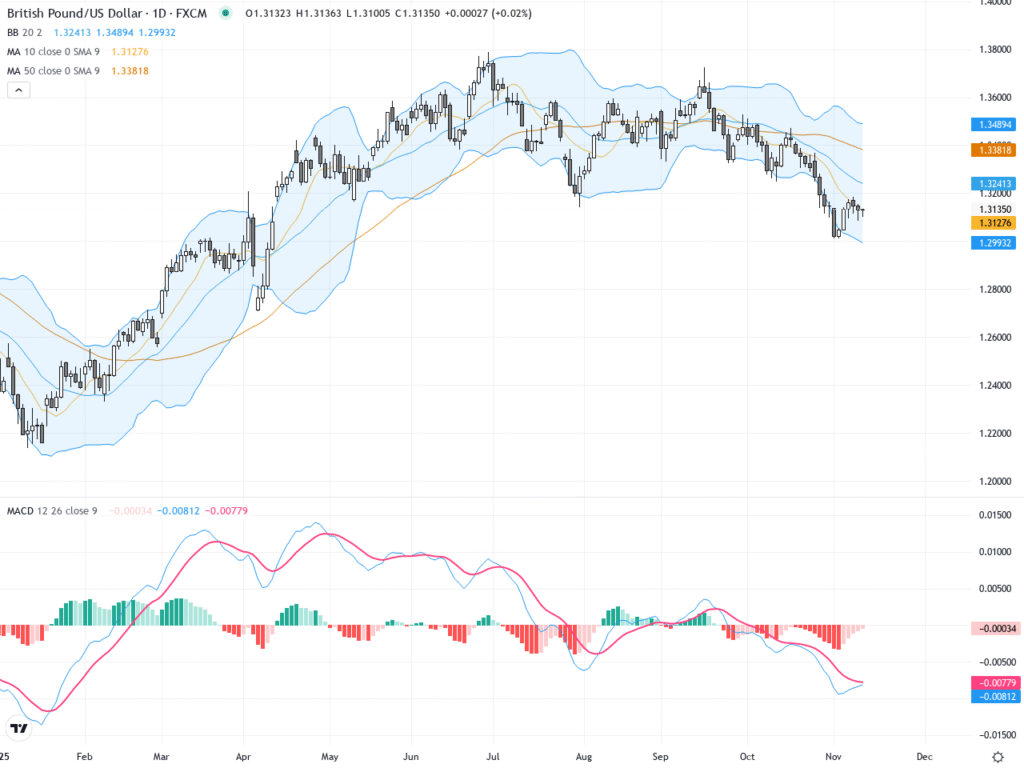 |
| Gold V.1.3.1 signal Telegram Channel (English) |

Gold Plummets Below $4,100 as Hawkish Fed Tone Dampens December Rate Cut Speculation
2025-11-17 @ 04:18
Gold Plummets Below $4,100 as Hawkish Fed Tone Dampens December Rate Cut Speculation
Gold prices suffered a notable retreat in mid-November 2025, falling below the critical $4,100 level as hawkish rhetoric from Federal Reserve officials substantially eroded market expectations for a December rate cut. This development underscores a recalibration of the U.S. central bank’s monetary policy outlook amid persistent inflation pressures, causing real interest rates to rise and diminishing gold’s intrinsic appeal. Despite this near-term volatility, central bank gold acquisitions and enduring structural drivers sustain a bullish framework for the precious metal, anchoring long-term investor confidence.
Gold’s Extraordinary 2025 Rally and the October Peak
In 2025, gold surged to exceptional heights, reaching an intraday record of $4,381.58 in October—up over 59 percent year-to-date. This historic rally outpaced expectations amid multifaceted catalysts, including geopolitical tensions, trade disputes, and persistent inflationary pressures that suppressed real yields and bolstered demand for non-yielding safe havens. Central banks accelerated gold accumulation to near-record annual levels, while Western investor inflows into gold ETFs regained momentum, reinforcing the metal’s role as a portfolio diversifier amid macroeconomic uncertainties.
Federal Reserve’s Hawkish Pivot and Policy Reassessment
The Federal Reserve’s shift toward a more hawkish stance represents the pivotal catalyst for gold’s recent correction. Chair Jerome Powell and regional Fed officials emphasized that additional rate cuts are no longer assured, reflecting concerns about inflation remaining ‘too hot’ and the risk of loosening policy prematurely. This rhetoric precipitated a steep decline in the probability of a December rate cut from 72 percent to roughly 50 percent, injecting uncertainty into market expectations and driving Treasury yields and real rates higher. The internal policy divide highlights the complexity of balancing inflation containment against emerging signs of labor market softness.
Rising Real Interest Rates Suppress Gold’s Appeal
Gold’s valuation is inextricably tied to real interest rate dynamics; the mid-November Fed hawkish communications catalyzed a rapid increase in real yields, with the 10-year Treasury Inflation-Protected Securities yield climbing to 1.86 percent. As real rates ascend, the opportunity cost of holding non-yielding gold intensifies, diminishing its attractiveness relative to yield-bearing assets. This fundamental economic relationship has driven speculative unwinding, triggering technical sell-offs and accelerating the price decline from the October peak.
Central Bank Gold Demand and Structural Support
Despite the price correction, robust central bank gold purchases continue, with official accumulations nearly doubling decade-long averages. Emerging market and select developed economies intensify gold reserves to diversify away from dollar exposure amid geopolitical and fiscal uncertainties. This unprecedented structural buying underpins a resilient technical floor for gold prices, insulating the market against extended selloffs and sustaining longer-term bullish investor perspectives.
Market Sentiment, Technical Corrections, and Consolidation Patterns
The October-November sell-off reflects a necessary technical correction following parabolic price appreciation, with overbought RSI indicators and extensive speculative positioning constraining further near-term rallies. Gold retraced by approximately eight percent but found support near $4,000 and key moving averages suggest a consolidation phase rather than a definitive trend reversal. Trading volumes and positioning data reveal systematic deleveraging by speculative participants, setting the stage for a stabilizing base ahead of upcoming catalysts.
December FOMC Meeting: Decisive Inflection Point
The December 9-10 FOMC gathering represents a critical juncture, poised to determine gold’s trajectory in the near term. Market bets on a rate cut have halved amid Fed hawkishness, but deteriorating labor market signals could revive dovish expectations. The absence of October economic data due to the government shutdown complicates the Fed’s decision-making calculus, amplifying market uncertainty. Subsequent key data releases ahead of the meeting will heavily influence investors’ positioning and risk appetite in gold and broader asset markets.
Long-Term Outlook and Strategic Implications
Leading financial institutions maintain bullish long-range gold price projections, anticipating levels between $4,500 and $5,600 per ounce by 2026, driven by anticipated Fed easing, sustained central bank demand, elevated geopolitical risks, and persistent inflation concerns. The mid-November correction presents a tactical accumulation opportunity for investors with medium to long-term horizons, especially if gold consolidates above pivotal $4,000 support. Portfolio strategies should balance near-term volatility against structural premiums underpinning gold’s enduring appeal amid evolving monetary policy landscapes.
As the Federal Reserve navigates the contentious policy terrain shaped by hawkish rhetoric, inflation inertia, and data disruptions, the gold market will remain sensitive to rate outlooks and real yield trajectories. Investors are advised to monitor the December FOMC closely, positioning for potential volatility while recognizing that the broader structural factors sustaining gold’s multi-year bullish cycle remain intact.








